Take our free online course on food & heath on Coursera: https://www.coursera.org/learn/food-and-health Transcript: All nutrients are not created equal, especially when it comes to their effect on our health. So, changing the focus of the discussion from nutrients to foods can more effectively help them to develop eating habits that will support their long-term health. Michael Pollan: Getting our head around the idea that we should be focused on the category of foods, not nutrients, is I think very important, and that’s why I emphasize that we should be talking about foods. And I think doctors should be talking to patients about foods, even if as scientists and researchers, they see through foods to nutrients. That’s not a helpful way. It may be a helpful way to study foods. It’s not a helpful way to communicate about them. Let’s look at an example of how, by speaking about nutrients rather than food, we can end up conveying the wrong messaging: in recent years, a great deal of scientific and media attention has been focused on the excessive amounts of carbohydrates in the average Western diet. We will encounter many popular diets trends that encourage us to drastically reduce the carbohydrates in our diet, while we’re given the message that they can eat protein-rich foods of any kind freely. This doesn’t usually lead to a diet that will be healthy for us in the long run. In fact, not all carbohydrates need to be held in contempt of the average healthy person’s diet. Whole grains, like brown rice and rolled oats are carbohydrates that provide our bodies with a useable source of energy and, bound together in that very same food, is a significant amount of fiber, which modulates the release of glucose from that food into the bloodstream. The glycemic index of a food is a measure of the speed at which glucose is released into the bloodstream after it’s digested. A whole grain, like brown rice or quinoa will result in a slower release of glucose and a more muted insulin response. On the other hand, a food that’s high in refined carbohydrates, like white bread or soda, will lead to a more rapid release of glucose into the blood and this is likely to cause a reactive spike in insulin. Because spikes of glucose and insulin lead to less stable blood sugar levels, eating foods that are refined – especially highly processed carbohydrates – can result in an earlier return of hunger – and a tendency to overeat. The glycemic index of a food is lowered when the food contains fiber or when the food is consumed in combination with protein-rich foods or other foods containing dietary fat. For people who are struggling to manage excess weight or elevated blood sugar levels associated with diabetes, eating foods that have a low glycemic index is especially important, but even healthy individuals will benefit from choosing low glycemic foods. So, when we speak about dietary carbohydrates, we’re actually speaking about a very broad family of foods – some that can be harmful to our long-term health and some that can support it. Teaching ourselves how to choose the right foods within each nutrient category is one of the keys to success. Course by Maya Adam, MD Directed by William Bottini Editing by William Bottini & Tamsin Orion Special thanks to Michael Pollan, Tracy Rydel, and David Eisenberg
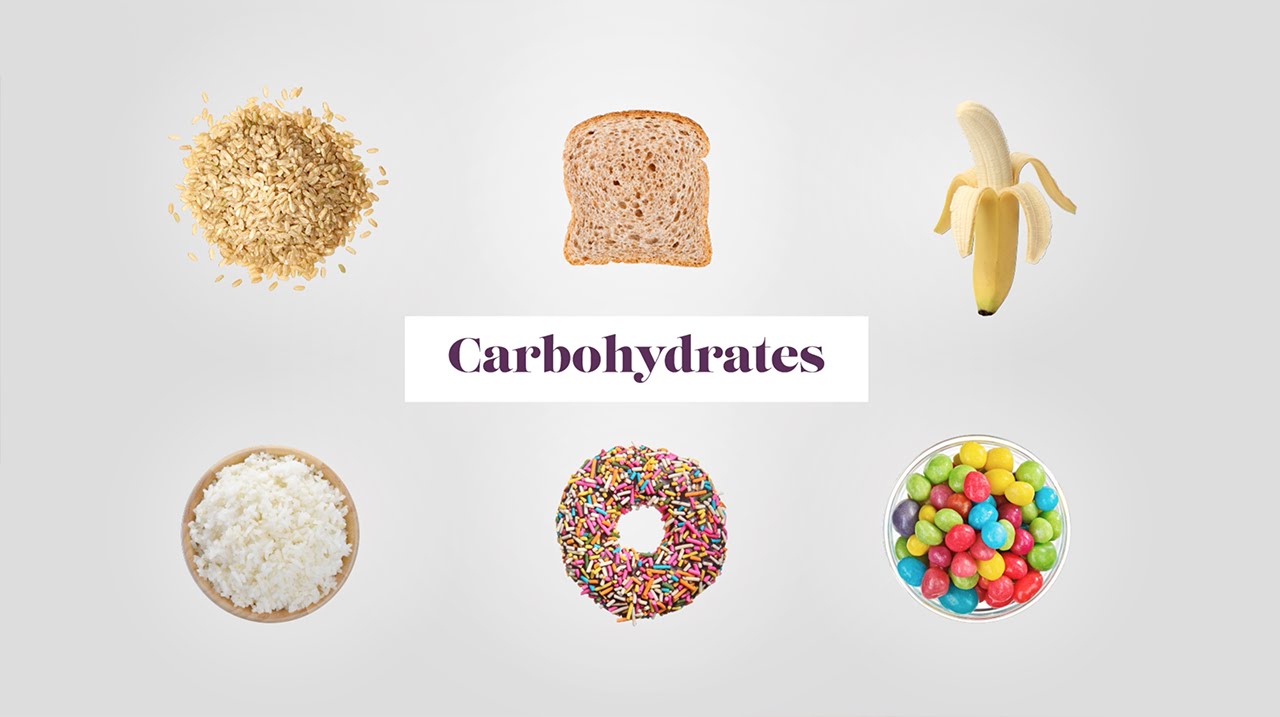
The Spectrum of Carbohydrates – from Whole Grain to White Bread
- Post author:
- Post published:May 15, 2021
- Post comments:0 Comments
You Might Also Like

Rear Deltoid-11
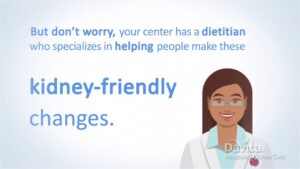
Renal Nutrition Video – 1

Diabetes: What Is Diabetes And How You Can Fight

What is Infertility

What is FITNESS PROFESSIONAL? What does FITNESS PROFESSIONAL mean? FITNESS PROFESSIONAL meaning

Exocrine Gland and Endocrine Glands

Spa Marketing Video – 4
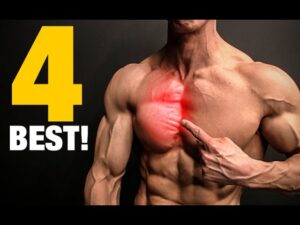
Pectoralis Pushups-2

Flat Bench Press Dumbbell-6
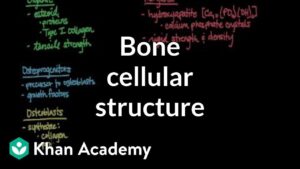
Cellular structure of bone | Muscular-skeletal system physiology | NCLEX-RN | Khan Academy

How To Dumbbell Rotational Shoulder Press | Shoulder Exercise Guide

Changes in Lipid Profile after Bariatric Surgery
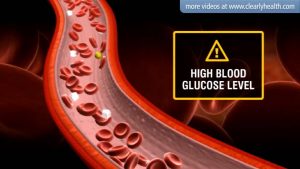
Diabetes: Insulin’s side effects

10 Top Foods for Leptin Release – FatBurning and WeightLoss
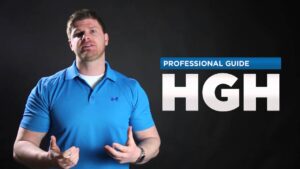
Guide to HGH (Human Growth Hormone) Supplements – eSupplements.com
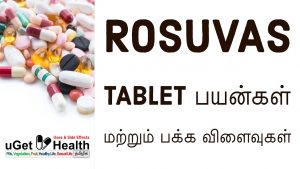
Rosuvas Tablet பயன்கள் மற்றும் பக்க விளைவுகள் (Uses & Side Effects)

STOP Doing Dumbbell Side Bends & Do This Oblique Exercise Instead!
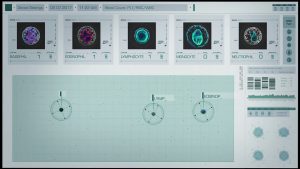
HemoScreen – Complete Blood Count at the Point of Care
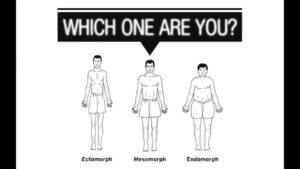
Know which body type you have !

Branches Of Medicine Video -4
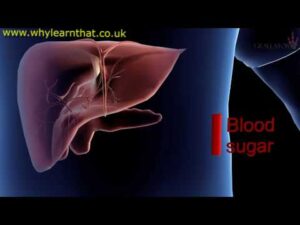
Endocrine System Diabetes And Asanas Video – 2

The Somatotype Myth: Ectomorph Mesomorph Endomorph

Stability Ball Exercise Demo: Back Extension at the Wall

ENT Surgery Video – 2

Rocks and Minerals for Kids – The Rock Cycle

Essential Oils Video – 3

Xenical
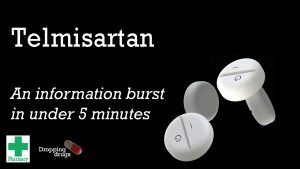
Telmisartan information burst
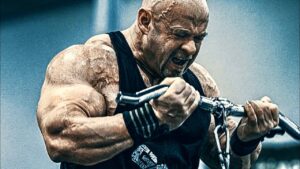
Bodybuilding Video – 3

DEXA in one minute!
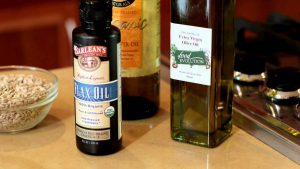
What’s the Purpose of Lipids in Food? : Fit Food
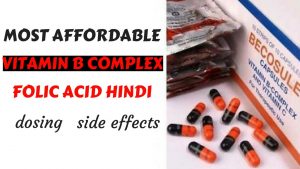
folic acid in hindi | Health Benefits | Side Effects | Bcosules | Vitamin B Deficiency Symptoms

Difference Between Adverse Effect and Side Effect
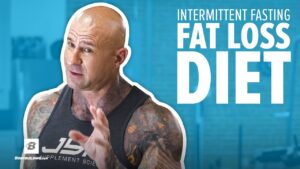
Fat Loss, Weight Loss Video – 19

Complete Blood Count CBC Explained

Ideal Number Of Sets & Reps For Muscle Growth | YOU ARE DOING IT WRONG!
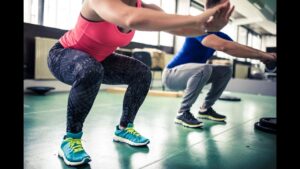
Muscle Building Workout & Squats Video – 3
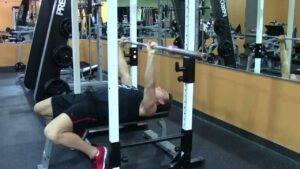
Flat Bench Press Dumbbell-1

What causes erectile dysfunction? Find out!
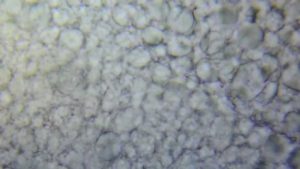
Human sperm on 1000x 1600x under a microscope

Diabetes Education and Holiday Nutrition

